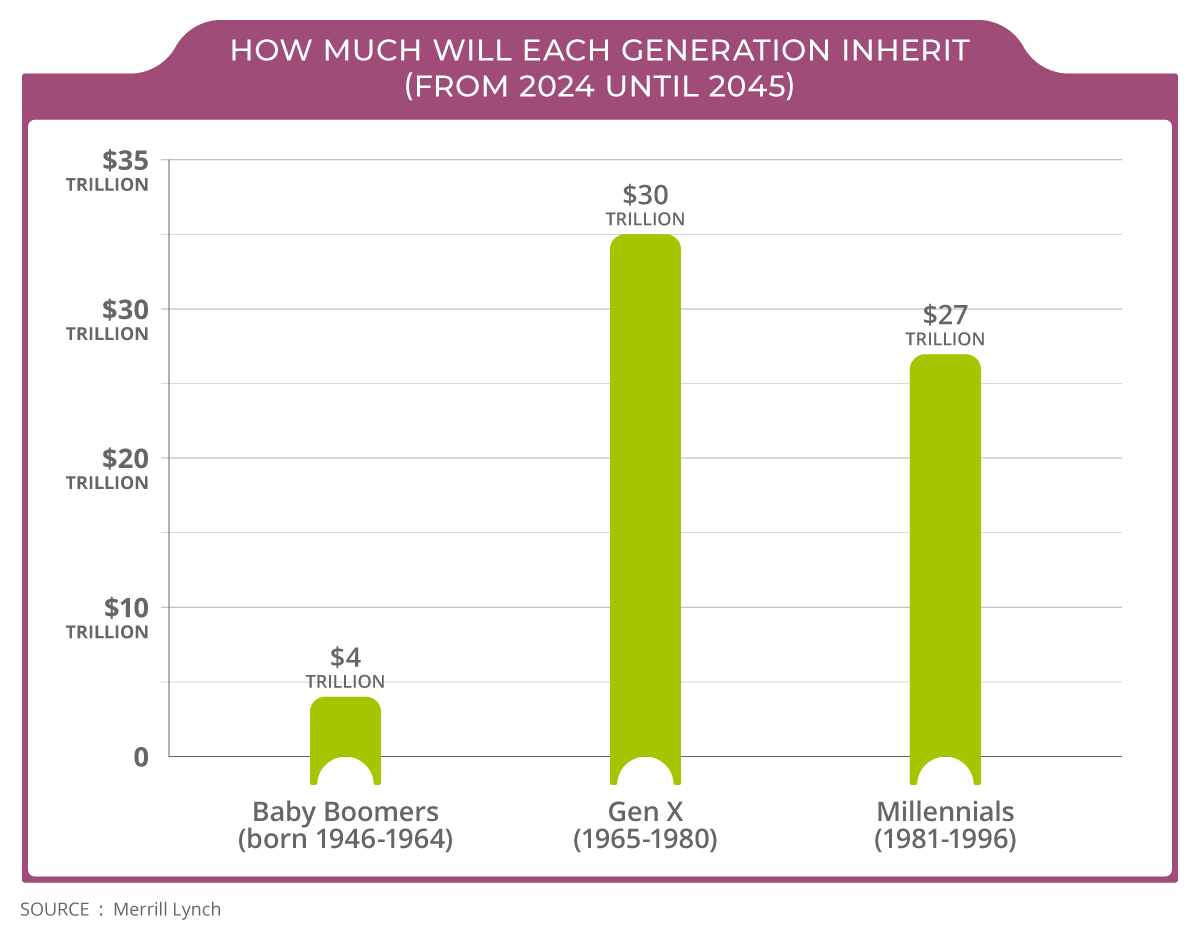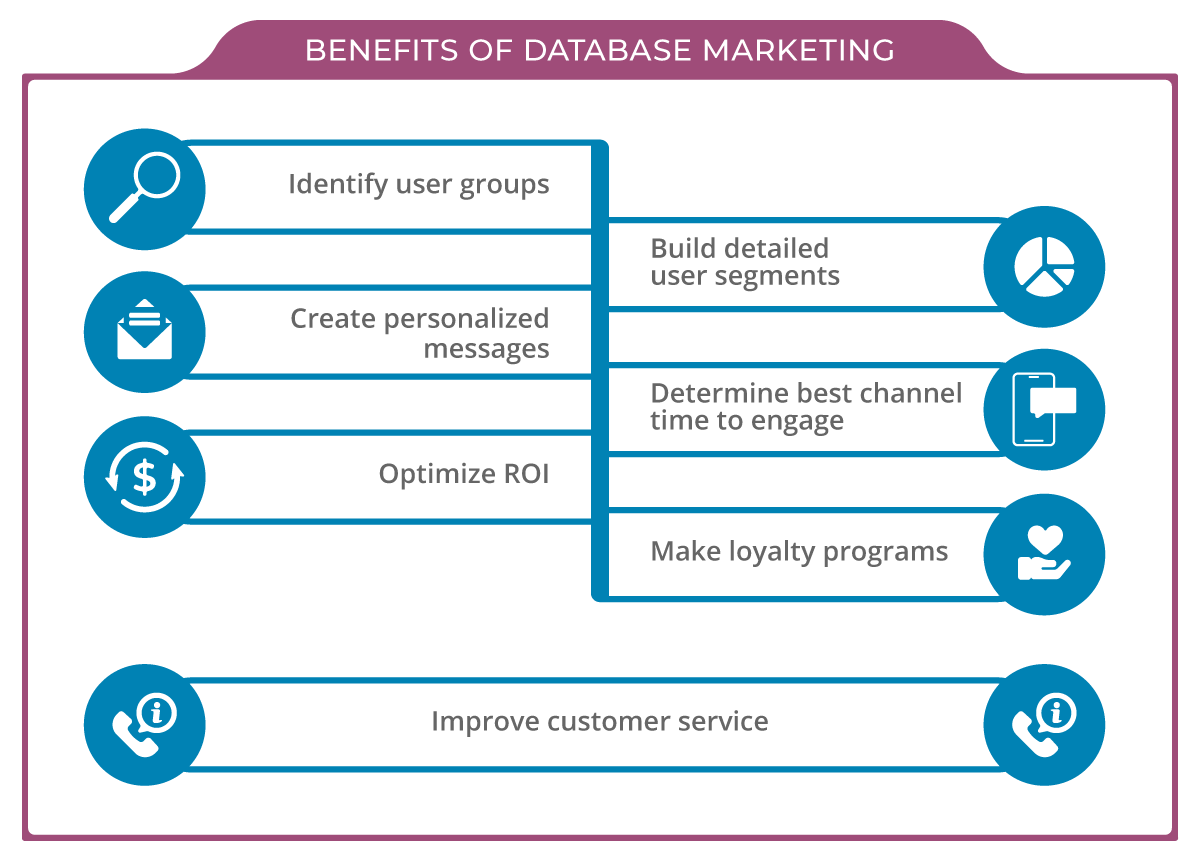
Five Predictions for Wine Marketing
Trends to consider in 2024
by Susan DeMatei
When I start feeling optimistic, I imagine one or two people might read these blogs, (although I have a sneaking suspicion that they sit out on the internet equivalent of a doctors waiting room table between the large type Reader’s Digest and June 2004 People magazines). But I wouldn’t be able to legitimately pretend to be an industry expert if I didn’t do the obligatory “predictions” blog.
I will stick to my lane: Marketing. Because it’s what I know and also there are many other excellent articles out there with overall market predictions. (But, then again, what do I know? My senior thesis at Boston University was an analysis of radio and TV media consumption patterns with the supposition that cable television would never take off because people wouldn’t pay for it.)
So, I’ve been wrong. Like, really wrong.
But assuming I get lucky sometimes, here are five things I believe will come to pass.
1) Generation X will demand attention.
We’ve been doing more and more data appends lately (see prediction #3) and it is nice to see Gen X routinely show up as a prominent segment within wineries databases. Marketing doesn’t talk too much about Gen X because we’re the stereotypical middle child between Boomers and Millennials who are instantly repelled by anything targeted to us. Whatever you are hoping we will like, buy, or do, we’ll hate, boycott, or do the opposite.
There are reasons for this. We grew up as the first generation where our mothers wanted to work, yet there were not sufficient after school activities or social services to support that type of family unit. As “latch key kids” we fended for ourselves and grew up largely on our own to became fiercely independent, highly cynical and defenders of counterculture.

But now, our parents are passing on, and Boomers are the first generation to have accumulated significant wealth. And lucky us, we’re now the recipients – right about the time we’re empty nesters or thinking about retiring and spending some money on leisure activities. In the economic press this is referred to as the great wealth transfer, and it will make Generation X an enticing target. So, expect more press and focus on targeting this group. (And expect us to retire and age very differently than Boomers…but that’s a topic for another blog.) The smart winery will give this some thought and consider Generation X as a viable option for current targeting.
2) Clubs are going to continue to fade…and they aren’t coming back.
I’m sorry if this is a bummer, but I strongly believe the club model will not continue past Boomers. (And by club model, I mean a pre-selected shipment of wines sent out on a set schedule to customers who have their credit card on file.) Boomers are the last generation to be programmed before the internet to narrow down a search with things like magazines, catalogs, and Consumer Reports to find their brands, and then stick with them.
The internet has not only introduced unprecedented variety, but also the concept of impermanence. It’s not a big deal to swap suppliers for a product on Amazon or brands at a store in Instacart. The club model just doesn’t fit with how most of us shop and make choices now. Wineries that are actively expanding to alternate sales channels such as online or partnerships will see less declines and be healthier in the next five to ten years.
3) The answer is inside of us.
For the longest time, the answer was external – cast a wide net for traffic. Go out and blanket tourists with ads to come to your winery. Once they’re at your location, selling wine and clubs was relatively easy to a captivated audience that was in awe of what you could do with some funny looking fruit. But now, wineries are not novel anymore, and subsequent generations are not enamored with Wine Country.
Hopefully, if you’ve had a clue during the past decades, you’ve been collecting names and sales information from all those visitors. Now is the time to analyze them. Data modeling to find and target look alike audiences of your best buyers is not new to most industries. But, as usual, the wine industry is slow to adapt and we’re just now learning this. The wineries that invest in data appends and analysis to understand their specific customers and then go after a similar audience targets will be the winners.

4) Evolution will favor the adaptable…even the mutated.
If the definition of insanity is doing the same thing and expecting a different result, it should also include doing the same thing repeatedly when all signs point to change simply because it worked in the past. Wineries that are open to new ideas, programs, sales channels, and products will fare better than those who hold onto tradition. Today’s wine consumers aren’t concerned with the right appellation, or the famous winemaker, or the best score. They don’t want to book a 90-minute lecture about soil composition. (Did anybody, ever, want this?). They are looking for different experiences from brands that hold their interest. Focus on your brand story and listen to the young ones on your team. Experience is great, but fresh ideas will be the deciding factor.
5) Napa and Sonoma will slowly begin to trail other wine regions.
Napa, and to some extent Sonoma, are the old guard in the US wine business. With our hospitality industry turning 50-ish this decade, we are the most experienced and will be the most reticent to change. But remember that everything we’ve developed has been focused on Boomers and pre-internet ways of doing things.
Established but younger wine country locations like Willamette, Walla Walla, Santa Barbara and Temecula are beginning to break with tradition and offer more inspired marketing. More recent markets like Texas, Virginia, the Finger Lakes or even the Mid-West are just now developing and won’t feel the pressure to conform with past operational procedures. Free from history they will develop not only new products to attract consumers but embrace novelty and imagination to move toward new experiences. Just sign up for some of their newsletters and check out their programs. You’ll be surprised what you find.
So, there you have it. These are five marketing trends I see coming that you might want to consider in the back of your mind when you’re planning out activities for 2024. My wish for you is to be creative, open, and innovative this next year. And ignore the headlines – all the doom and gloom articles are just trying to get clicks. The wine business isn’t going away, it is just evolving.


